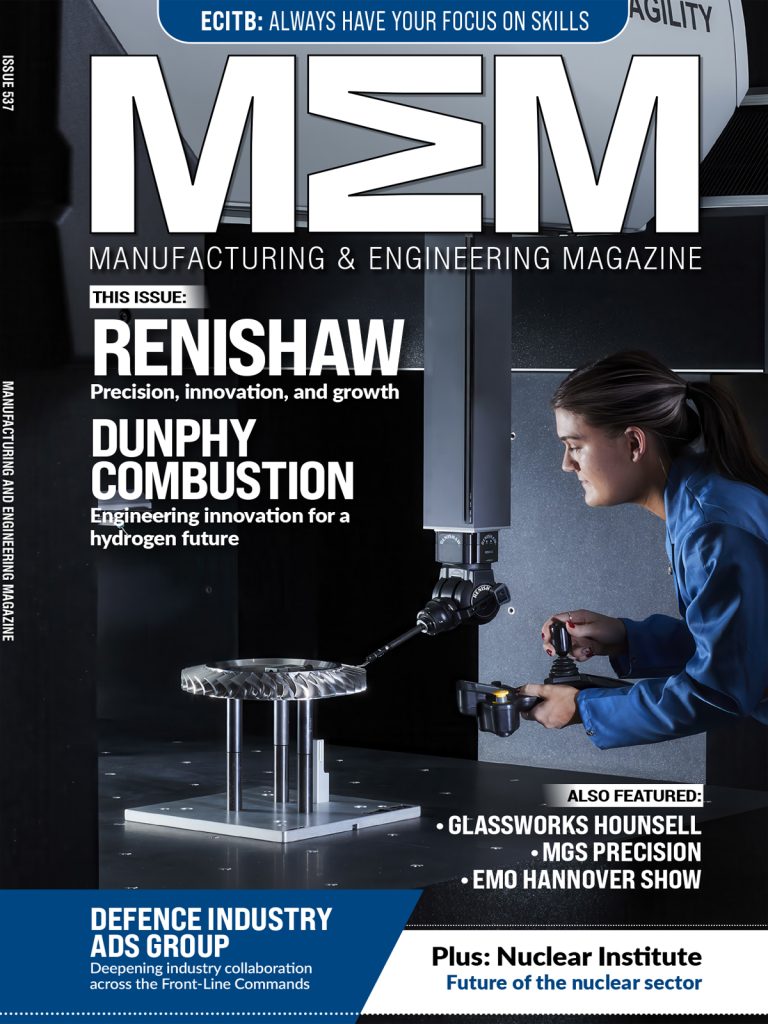Supply Chain Management is a key focus area to an OEM’s business strategy. Understanding it fully and putting in place a solid plan can be daunting.
The senior leaders and experts in Supply Chain Management, Adam Cherry, Vice President of Strategic Sourcing & Supply Chain in Optimas Americas and Jeremy Clarke, Vice President of Supply Chain & Strategic Sourcing in Optimas International, recently got together to address five key questions that OEMs should consider when developing and executing a successful supply chain management strategy.
Q – How can I enhance my bench strength versus other vetted providers in times of higher demand or when my customary sources cannot deliver?
A – Adam Cherry: I think the first step is really just planning ahead and ensuring that you know what your strategy is from a supply continuity and risk mitigation perspective. This, along with which parts and suppliers are critical from a production perspective.

If your answer is that all parts and suppliers are critical, then you probably haven’t gotten to the right level of detail to categorize or segment your portfolio. On top of this, ensure the high accuracy of drawings and BOMs (bill of materials) to help you improve the speed of your turnaround when faced with an increase in demand,” continued Cherry.
Q – Continuing the theme of reacting to demand and production shifts, is there a way for my company to obtain parts more reliably as required to match our production levels?
A – Jermey Clarke: Certainly. Accurate BOMs are the first point to help drive the accuracy into those demand levels and they go through many iterations of change generally through their life cycle.
It’s key to keep on top of these changes, as well as version indexes and making sure that you communicate those changes to your supply base. The more frequently you do that, the more accurate you can get.
A forecast is only as good as it is, at that point in time that it’s generated. Therefore, using all the tools around the BOMs and all the updates to your vendor base to support those forecasts are critical. This will ensure you maximize the chance of that demand and supply, matching and meeting that on time requirement.
Q – What technology can I incorporate into my operation that automates manual tasks and provides data for future planning?
A – Adam Cherry: There’s a lot of emerging technology for supply chains, as well as a variety of current, established technologies. AI is the one you hear a lot about today, with more companies trying to become more comfortable with its capabilities and the benefits it can provide. Machine learning is a great tool that’s used a lot in inventory management and demand modeling solutions.
It’s also vital to ensure you’re getting the most out of your current systems too. Do you have confidence in your data and systems to allow for further system automation? These are the questions you need to ask yourself to get into a position to have repetitive tasks such as purchase order replacements automated successfully.
Q – Can you provide any advice for increasing visibility into the inventory available to me from my current service provider?
A – Jeremy Clarke: Firstly, I would ask what exactly do you want to see from your service provider? Whether it is risks or costs, work with the providers to get to that level of understanding. Usually, it’s common to see visibility around where you are going to get problems. It can be difficult to get risk visibility correct, but the more communication you keep between your service provider will help improve the efficiency of the process and help you achieve your goal. Just on this, I believe direct, upfront communications are a good practice you should use throughout the supply chain, alongside accessing online portals and other digital communications.

Q – Jeremy and Adam, from your own personal perspective what pieces of advice do you think people should bear in mind?
A – Jeremy Clarke: I think for myself the biggest tip I would give is to never assume anything. Whether it is anything from walking into a vendor to secure an agreement and assuming you are going to walk out with what you want or getting an urgent shipment on to an aircraft. I would always say just follow up on every single step within the supply chain activity because you will just get that peace of mind. Then, you can then walk away knowing that it is absolutely going to happen.
A -Adam Cherry: What jumps out throughout my career is making sure you are balancing the day-to-day short-term actions that you are trying to use to drive value within your supply chain alongside your business’ long-term goals.
Supply chains for a company shouldn’t be cost centers. They should be competitive advantages and so for that to occur, you have to be able to balance the short-term with the long-term needs of the role that supply chain plays within a company.

Discover More
You can continue following their discussion on Spotify, Optimas Toolbox Talks, or on optimas.com where you can also learn more about the support available to you, to minimize supply chain risk and maximize efficiency.
Manufacturing & Engineering Magazine | The Home of Manufacturing Industry News














